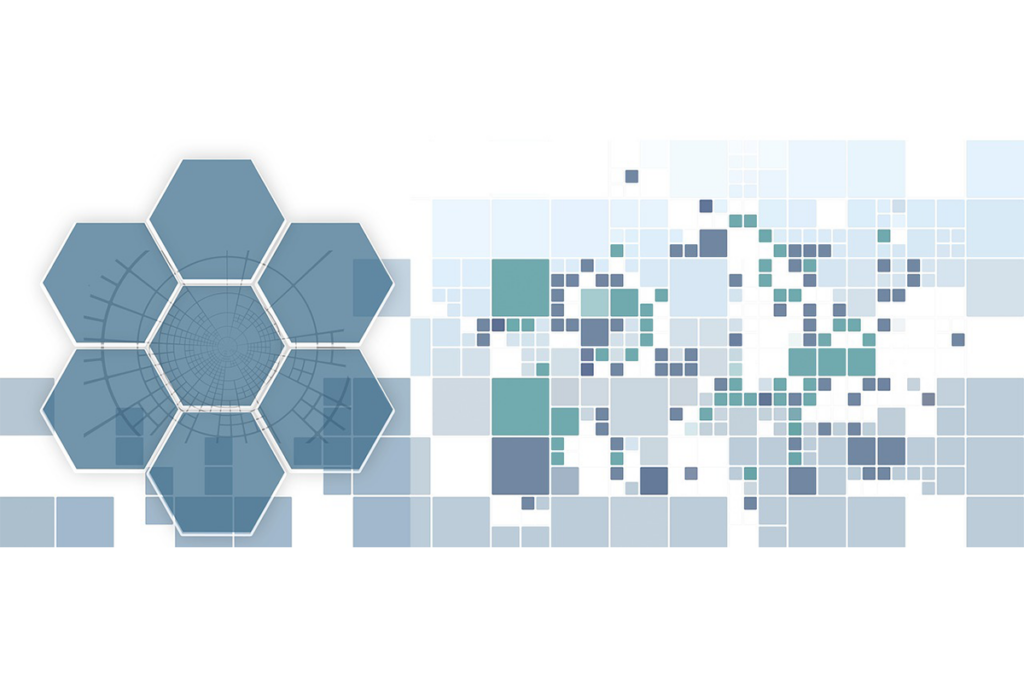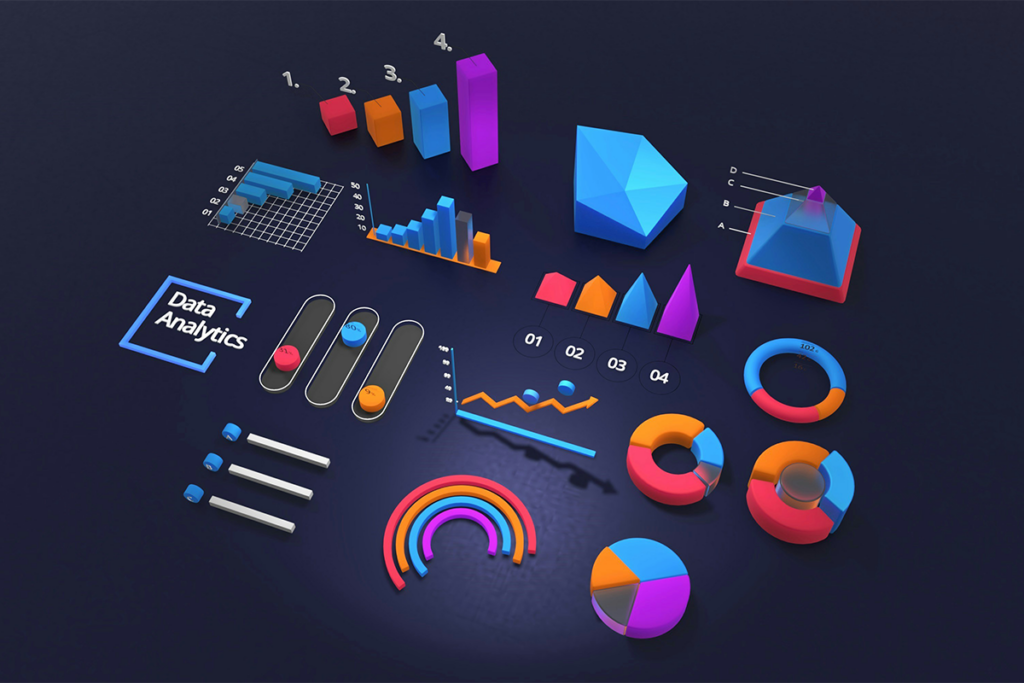If you are a professional who stores data on diverse platforms, these data fabric products for hybrid management are the keys to your success. In this age of information, we use multiple devices that contain different operating systems as well as unique supported software. None of them is compatible with the other. In such scenarios, it becomes very difficult to manage your data and have access to it from across devices.
This problem is rampant in large groups and multinational companies that operate across borders. They have teams that differ from their parent companies. Here comes into play the data fabric products for hybrid data management that enable you to overcome the data management issues. These data fabric platforms and tools allow you to view all your data on one page. The well-compiled reports enhance the analytical capabilities of the team, productivity becomes the norm, and business grows tremendously.
Top 7 Best Data Fabric Products Tools
Careful picks make the system easy to use. Poor picks add one more knot to unpick. The seven tools here win praise for steady work.

1. IBM Cloud Pak for Data
Inside IBM Cloud Pak for Data, users find one spot to search for every data set. Rules follow the data, so each row stays safe. Extra add-ons bring AI-powered data unification, which matches names, codes, and dates without manual work.
Thanks to a container base, this tool runs on many clouds or inside a private room. Machine learning models then drink fresh data fast. That setup builds a real-time analytics data mesh that cuts wait time between test and value.
Pros:
- Hybrid cloud support is strong
- AI tools help with governance
- Secure Red Hat containers are used
- Works well with the full AI stack
Cons:
- Takes time to learn fully
- Cost is high for small teams
- Needs powerful hardware to run
- Switching from old tools is hard
2. Talend Data Fabric
Talend joins many sources and keeps an eye on quality. Its Trust Score flags missing or odd numbers before trouble spreads. Graphic maps, ELT push-down, and smart APIs drive multi-cloud data orchestration across the big three clouds.
One price covers studio design and run agents, so bills stay clear. The platform also shows clean lines for tracing data, masking secrets, and locking roles. These parts create a data governance automation solution that grows with need.
Pros:
- Easy drag-and-drop features
- Tracks data health clearly
- One license covers all tools
- Strong help from the open community
Cons:
- Hard for new users
- Slows down with big data
- Fixing errors is difficult
- Costs rise with connectors
3. Denodo Platform
Denodo leads with low-latency data virtualization. Queries reach across mixed stores and return fast, without moving files. This cut in copies lowers spend and eases updates when shapes change.
A smart cache keeps hot data close in memory or object storage, while cool data rests in place. Fine control with Kerberos and OAuth pleases strict rules, making Denodo a fit for banks and health firms.
Pros:
- Fast virtual data views
- No need to move data
- Adds new sources easily
- Good speed with smart cache
Cons:
- One failure breaks the system
- Bad at big batch jobs
- Backend speed limits results
- The setup needs skilled experts
4. Informatica IDMC
Informatica turns its long history into a cloud-native fabric platform. On one screen, users load, clean, master, and watch data. The AI helper named CLAIRE suggests field fixes and mapping steps, shortening ramp-up time.
A market of ready connectors trims code. Elastic engines pop up only when heavy loads hit. Lineage maps and quality charts join to build an enterprise metadata management framework that auditors trust.
Pros:
- All tools in one place
- Smart AI maps data fast
- Scales well in the cloud
- Tracks data use for audits
Cons:
- Setup is not easy
- Slow updates on large data
- No clear job reports
- Leaving the tool is costly
5. SAP Data Intelligence Cloud
Groups that live with SAP choose Data Intelligence Cloud to blend outside feeds with core ERP tables. A drag-and-drop flow joins on-premise cubes, S/4 HANA rows, and SaaS apps in minutes. Built-in fixes handle tricky things like date formats.
Kubernetes powers scale while secure VPN paths guard private sets. Friendly screens invite new users, yet full notebooks stay open for data scientists. The tool soon acts as a self-service data catalog feature that opens insight to all.
Pros:
- Great with SAP systems
- Handles big loads well
- Has built-in analytics tools
- Works with many data types
Cons:
- Hard for non-SAP teams
- Tool updates may lag behind needs
- Needs custom links for open tools
- Very costly for small firms

6. NetApp ONTAP Data Fabric
NetApp made “Data Fabric” popular in storage talks. SnapMirror moves block deltas from edge arrays to the cloud in quick bursts, forming an edge-to-cloud data pipeline used for copy, test, and big reports. Cloud Insights watches hardware beats and warns staff early.
Spot by NetApp then tunes Kubernetes spend and speed. This mix gives hybrid teams one namespace, whether files sit on-site or in the cloud.
Pros:
- Manages data across locations
- Fast backup with SnapMirror
- Auto-tiering saves storage cost
- Good speed and space use
Cons:
- Some parts need a command line
- SnapMirror UI can fail
- No built-in cost tools
- Focus more on storage use
7. Hitachi Vantara Lumada Data Fabric
Hitachi Vantara serves factories, mines, and power plants. Lumada eats sensor flows, historian logs, and ERP lines, tagging each piece so models can spot strange signs. Edge boxes hold data when links drop, keeping work smooth.
Time-series tools, batch jobs, and streams live under one roof. Asset Avatars show machine health in simple charts, proving scalable data fabric integration that joins IT lanes with shop-floor lanes.
Pros:
- Great for factory data use
- Scales well and does not fail
- One catalog helps with privacy
- Reads both sensor and file data
Cons:
- Needs more setup work
- Too pricey for small firms
- Must learn factory data skills
- Few people use or support it
Practical Applications of These Tools
A single tool can shine in many daily jobs. The examples below show clear ways each platform helps real work.
- Quick Compliance Checks: IT teams map data paths and apply row-level locks, making audits shorter and cutting fines.
- Faster Dashboards: Analysts fire queries through cached layers to read fresh sales numbers without moving files first.
- Smooth App Launches: Developers pull clean APIs from one catalog, so new apps go live faster and stay stable.
- Hybrid Backup Plans: SnapMirror-style replication sends copies to cloud vaults every hour, lowering risk after storms.
- Smart Factory Alerts: Lumada models catch motor heat spikes early, prompting fixes before gear fails.
- Ease for Citizen Users: Friendly wizards in SAP Data Intelligence let staff build flows without code.
- Budget Guardrails: Spot by NetApp watches Kubernetes bills and rightsizes nodes so spend stays flat.
Every task above proves why a right-sized data fabric earns its keep. Find out here what the use cases of data fabric software are!
Comparison Table: Data Fabric Products for Hybrid Data Management
| Tool | Best For | Cloud Support | Unique Feature | Ease of Use |
|---|---|---|---|---|
| IBM Cloud Pak for Data | Hybrid AI and governance | Multi-cloud, OpenShift-ready | AI-powered governance and search | Complex for beginners |
| Talend Data Fabric | Data quality and integration | AWS, Azure, GCP | Trust Score for data health | Moderate difficulty |
| Denodo Platform | Logical data virtualization | Cloud and on-premise | Low-latency virtual queries | Requires skilled setup |
| Informatica IDMC | All-in-one data management | Fully cloud-native | CLAIRE AI assistant | Needs training |
| SAP Data Intelligence Cloud | SAP-focused hybrid environments | Strong SAP cloud support | Native SAP integration | Hard for new SAP users |
| NetApp ONTAP Data Fabric | Hybrid storage and backup | Cloud + edge hybrid | SnapMirror and FabricPool | Moderate with CLI needed |
| Hitachi Vantara Lumada | Industrial and OT data handling | Hybrid with edge gateways | IT-OT integration and Asset Avatars | Challenging, needs OT skills |
Conclusion
Data fabric architecture guides every plan a company makes. Data Fabric Products let that data move safely and quickly, whether it lives on a cloud server or in a local rack. Smooth movement brings faster answers, tighter security, and lower costs. When pathways stay clear, teams spot patterns sooner and share facts with ease. A steady flow also keeps extra copies in check, so storage bills shrink. By allowing information to travel like water in a straight pipe, companies build trust with customers and grow confidence inside their own walls.
The best tool is the one that eases real pain. Start by listing daily roadblocks such as slow loads or missing links. Check each platform for connectors, price, and support staff. Run a small test using real files, time every step, and note any bumps. After every trial, gather user thoughts and refine the list. When Data Fabric Products fit well, they guide work instead of blocking it, and the hybrid world feels like one simple room. A wise choice turns the data fabric into a strong bridge, ready to carry new ideas for many years to come.
